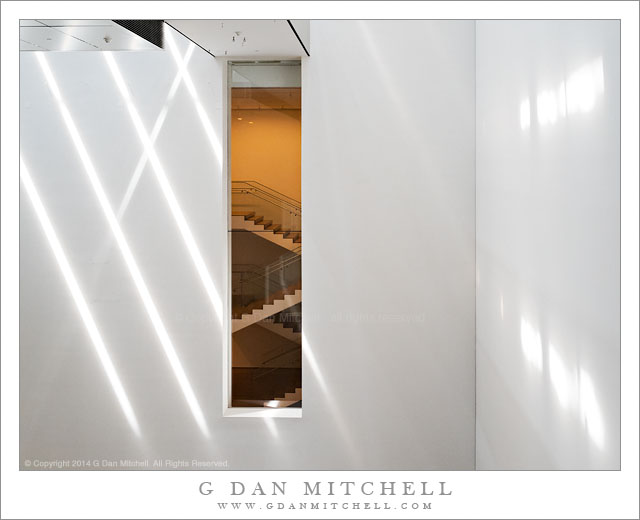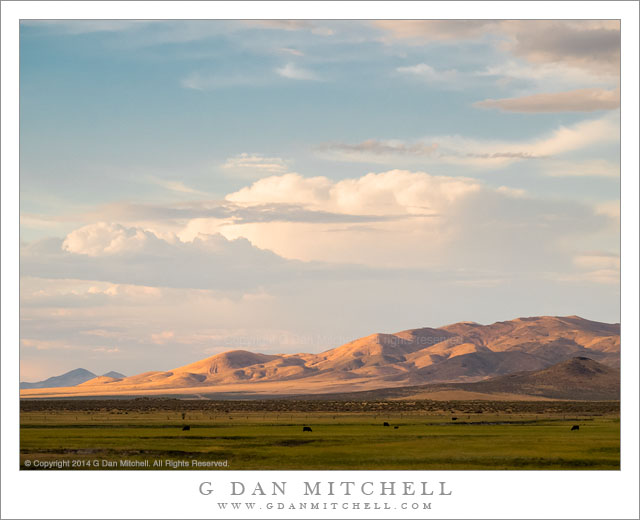From time to time I see questions from photographers trying to figure out exactly which aperture is the “right” one for a particular photograph. Some will go so far as to consult depth of field calculators (or “DOF calculators”) to help them decide whether the should open up a third of a stop from f/11.
There may be times where that sort of precision aperture selection is useful, but in many cases you can make things a lot simpler*, basically selecting from one of three general options:
- If depth of field isn’t a big issue — let’s say you are shooting a relatively flat subject — simply use a “middle of the road” aperture that will be sharp on your lens/camera combination. The old rule of thumb about using f/8 is a decent one to follow here, although cropped sensor shooters might go for something more like f/5.6.
- If you need very deep depth of field, go straight to the smallest aperture you feel comfortable using. On a full frame camera this is likely to be about f/16, while on a cropped sensor camera it might be a bit larger, perhaps in the f/11 or so range. If your need for extra deep depth of field is strong enough that you are willing to give up a small degree of overall image sharpness — which will be invisible in small images anyway — you might even go one stop smaller on some occasions to f/22 on full frame and f/16 on crop.
- If you need to limit depth of field to throw background elements out of focus, simply try the largest aperture that your lens has — but consider stopping down just a bit if you need just a bit more depth of field.
Basically, for most photographs, especially if you have good light and/or are using a tripod, you could probably get away with considering only three apertures in most cases — the “normal” one, the really small one, and the really big one.
- Yes, this is a bit of a simplification, though it really does work in the vast majority of the photographs that most people are making. Clearly things can get a bit more complicated if you are, for example, shooting in very low light or need to deal with moving subjects. In the interest of keeping this “Easy” description easy, I’ll simply acknowledge those possibilities here without elaborating.
 G Dan Mitchell is a California photographer and visual opportunist whose subjects include the Pacific coast, redwood forests, central California oak/grasslands, the Sierra Nevada, California deserts, urban landscapes, night photography, and more.
G Dan Mitchell is a California photographer and visual opportunist whose subjects include the Pacific coast, redwood forests, central California oak/grasslands, the Sierra Nevada, California deserts, urban landscapes, night photography, and more.
Blog | About | Flickr | Twitter | Facebook | Google+ | 500px.com | LinkedIn | Email
Text, photographs, and other media are © Copyright G Dan Mitchell (or others when indicated) and are not in the public domain and may not be used on websites, blogs, or in other media without advance permission from G Dan Mitchell.


